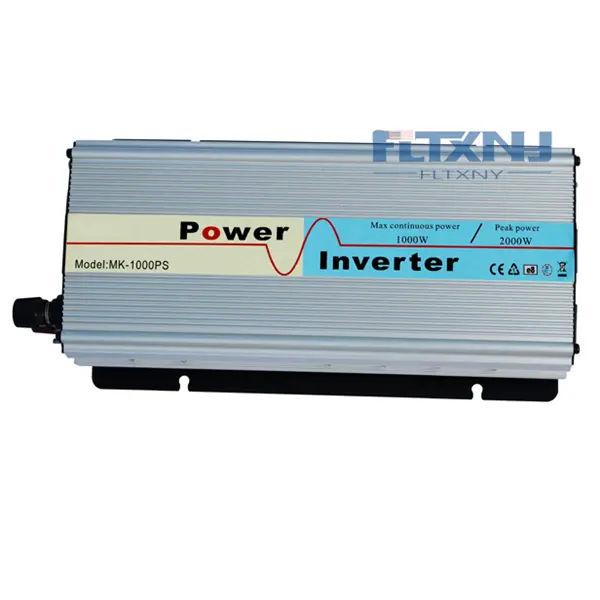Inverters and controllers are two important components in electronic and electrical control systems, and they have distinct differences in their roles, controlled objects, control methods, and principles.
Role Difference:
The main function of an inverter is to convert direct current (DC) into alternating current (AC) for use in a home or industrial environment. This conversion process allows for the use of AC power sources, such as solar panels or wind turbines, with AC loads, such as household appliances or industrial equipment. On the other hand, a controller's main function is to regulate or control the operation status of various devices to meet specific process requirements or achieve a specific purpose. A controller can be used to monitor and control various physical or chemical systems, such as temperature, pressure, flow rate, and chemical reactions.
Controlled Object Difference:
The controlled object of an inverter is mainly electrical current and voltage or other physical quantities in a circuit. An inverter mainly focuses on the conversion and regulation of electricity to ensure stable power supply and voltage levels. On the other hand, the controlled object of a controller can be mechanical, electrical, or chemical systems. A controller may involve the monitoring and control of various physical or chemical quantities, such as temperature, pressure, flow rate, and chemical reactions.
Control Method Difference:
The control method of an inverter mainly involves regulating the switching of electronic components to transform electrical current and voltage or other physical quantities. An inverter generally relies on the switch transformation of electronic components (such as transistors, thyristors, etc.) to achieve the output of alternating current. On the other hand, the control method of a controller can be mechanical, electrical, or chemical actions. A controller may collect information from sensors to control it according to a pre-programmed sequence. The controller may use feedback loops to compare the actual output with the desired output and adjust the control signal accordingly.
Principle Difference:
An inverter converts direct current into alternating current through electronic component switching actions. This conversion process requires precise control over the switching frequency and duty cycle of the electronic components to ensure stable output voltage and current. On the other hand, a controller mainly controls the controlled object based on sensor information according to a pre-programmed sequence. The controller uses feedback loops to monitor the status of the controlled object and adjust the control signal accordingly based on pre-programmed algorithms or equations.
Post time: Sep-20-2023


